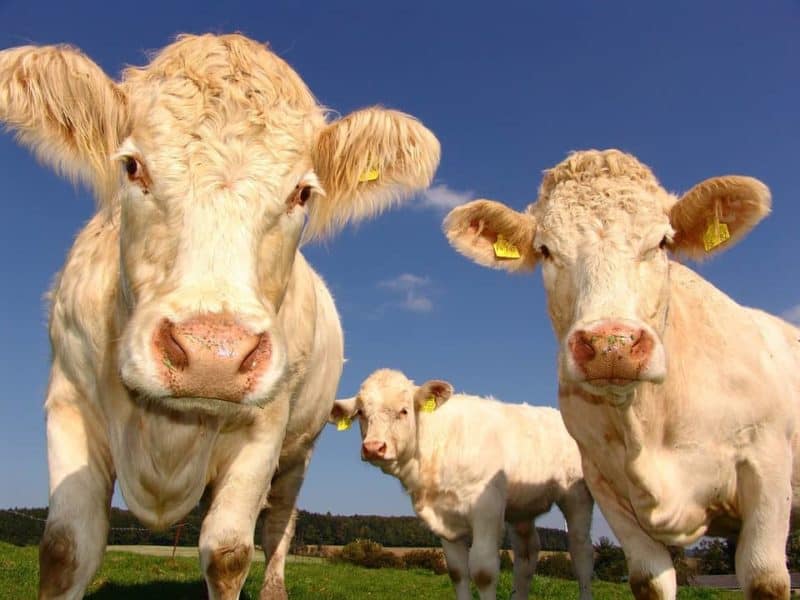A new study in the Human-Animal Interactions journal shows that cows used as therapy animals liked interacting with women more than men. The research also suggests that some therapies may work better based on gender, not just the method used. The women in the study also reported feeling more attached to the steers.
Dr Katherine Compitus from New York University and Dr Sonya Bierbower from United States Military Academy West Point did the research. They used the Human-Animal Interaction Scale (HAIS) to measure behaviors between humans and animals during interactions.
The scientists looked at how cattle used in therapy behave and think. They also focused on the welfare and enrichment benefits for the cattle. Dr Compitus and Dr Bierbower studied two steers, Magnus and Callum, and 11 people aged 13 to 79 at the Surrey Hills Sanctuary in New York State, USA. They say not much research has been done on using farm animals for therapy.
Dr Compitus said, “We have discovered in the current study that bovine-assisted therapy may not only be an effective treatment model that benefits human participants but appears to be enriching to the cattle participants as well, as shown by their proximity to and continuous interactions with humans.”
Animal-assisted therapy (AAT) is often used with other methods like psychotherapy and cognitive behavioral therapy. The most common AAT model uses companion animals like dogs or cats as part of the treatment plan. This has been studied for various conditions, often with good results. Some organizations certify different species of animals for therapy work, such as llamas, miniature horses, and rabbits. However, little research has looked at using farm animals for therapy. Cows can bond with people in unique ways due to their size and temperament.
Dr Bierbower said, “Two of the gaps in the research we address in this study are the inclusion of cattle in AAT and an examination of the cognitive processes of animals involved in AAT.”
The researchers suggest that cattle uncomfortable with humans will show more stress signs like vocalizations during therapy, while those that like human company will show fewer stress signs. Other notable behaviors in cattle during AAT may include lying down, licking, or smelling the person, which shows they are comfortable with humans.
The two cattle in the study, Magnus and Callum, often smelled or licked the humans and accepted food from them after 45 minutes of contact. They also allowed physical interactions like hugs, grooming, petting, or kisses. The animals rarely acted unfriendly or aggressive, though they sometimes declined to interact.
One participant said she thought the bulls would be more aggressive but “fell in love with cows” after the session. All participants reported having a positive experience with the steers and most would recommend bovine-assisted therapy to a friend.
Dr Compitus said, “The results of this study show that the steers showed a strong preference or interactions with women compared to men, and, in turn, the women reported stronger attachment behaviours towards the steers. “It is unclear without further testing whether the animals sought out the attention of women in general or if the women were more likely to initiate the actions when compared to the men participants.”
The scientists conclude that bovine-assisted therapy may benefit both humans and cattle, as shown by the cattle’s proximity to and continuous interactions with humans.
Compitus, Katherine; Bierbower, Sonya, ‘Cow Cuddling: Cognitive Considerations in Bovine-Assisted Therapy,’ Human-Animal Interactions, 22 May (2024). DOI: 10.1079/hai.2024.0016


